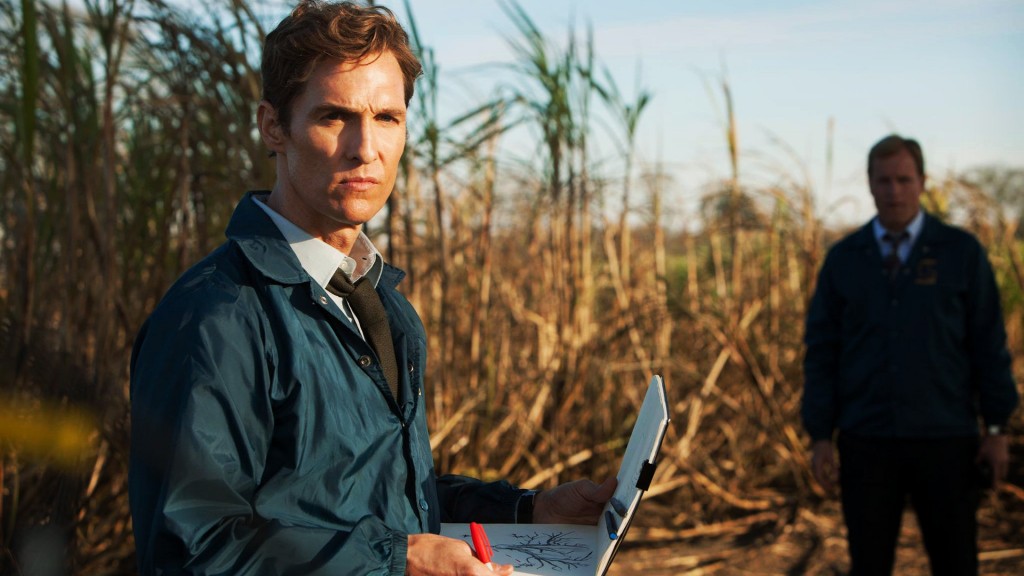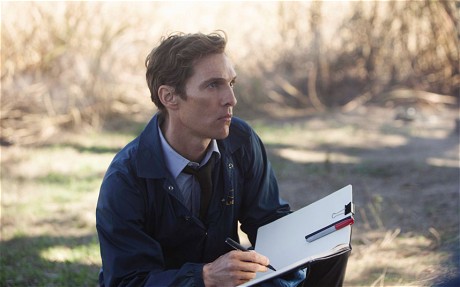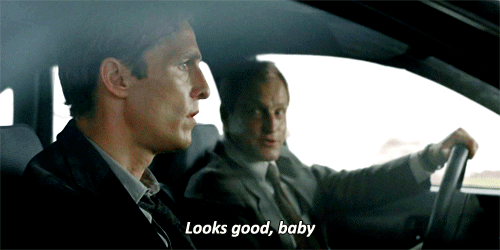TELEVISION CULTURES
BLOG POST 3
REFLECTION
In this reflection, I will focus on how the ways I watched TV shows has changed, and also focus on what certain lectures and readings have made me think about whilst watching particular shows and genres (specifically weeks 6, 8 and 9).
Within the span of three months, my viewing habits have changed drastically multiple times, with me abandoning ways in which I viewed shows, returning, and then also finding new mediums.
Since a young age, the way in which I followed TV shows would be through DVDs. I would buy every season and the collection of different series would stack up. My reasoning for this was that I would only need to buy it once, and can watch the episodes over and over again (plus… special features!) They would be a prime source of how I got to these shows, even though that would sometimes mean I was a year behind the initial release on U.S TV and online.
This was not to say that I never watched TV on TV itself. This was a daily evening activity I did with my mum. I just watched different shows to what I had on DVD. Watching everything from the 5 o clock news, to the 6 o clock news, to more news on The Project. 7:30 were times when the big shows were on such as The Bachelor, Masterchef, The Voice, and ofcourse… The Bachelorette which aired at the end of September, and had my mum and I hooked from the beginning, all the way to the teary, (heartbreaking) end. These became routine viewings and bases of conversation throughout the night.
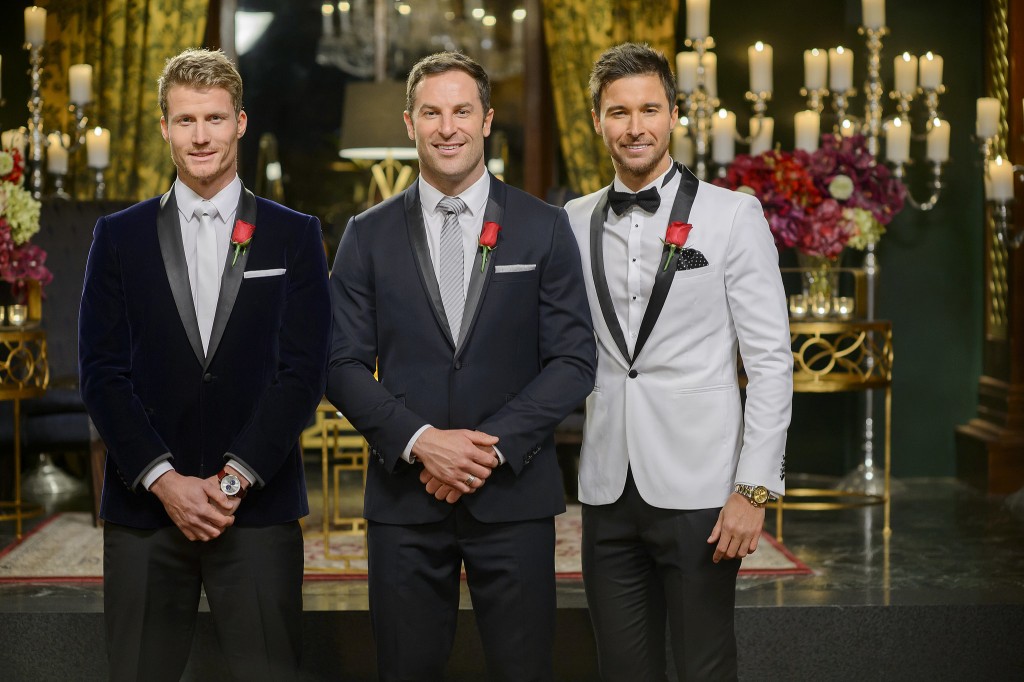 When Netflix made it’s huge arrival in Australia, one of my friends told me I had to sign up and that it screamed my name. Simply because I was known to be an avid watcher of many, many shows. At first look, it was all very satisfying – with various shows and movies to watch and what SEEMED was a never-ending selection. That was until I searched up “the difference between American Netflix and Australian Netflix” and a bundle of bricks fell on my head to realise that we had been, as the Vietnamese proverb says, “frogs sitting at the bottom of wells think that the sky is as high as a lid”… in other words, what we had was NOTHING compared to the endless, vast option that the U.S members had! As I slowly realised the shows that I actually wanted to follow were non-existent for (legal) Australian users, I abandoned Netflix. I now go on other streaming sites to watch different dramas and shows from other countries.
When Netflix made it’s huge arrival in Australia, one of my friends told me I had to sign up and that it screamed my name. Simply because I was known to be an avid watcher of many, many shows. At first look, it was all very satisfying – with various shows and movies to watch and what SEEMED was a never-ending selection. That was until I searched up “the difference between American Netflix and Australian Netflix” and a bundle of bricks fell on my head to realise that we had been, as the Vietnamese proverb says, “frogs sitting at the bottom of wells think that the sky is as high as a lid”… in other words, what we had was NOTHING compared to the endless, vast option that the U.S members had! As I slowly realised the shows that I actually wanted to follow were non-existent for (legal) Australian users, I abandoned Netflix. I now go on other streaming sites to watch different dramas and shows from other countries.
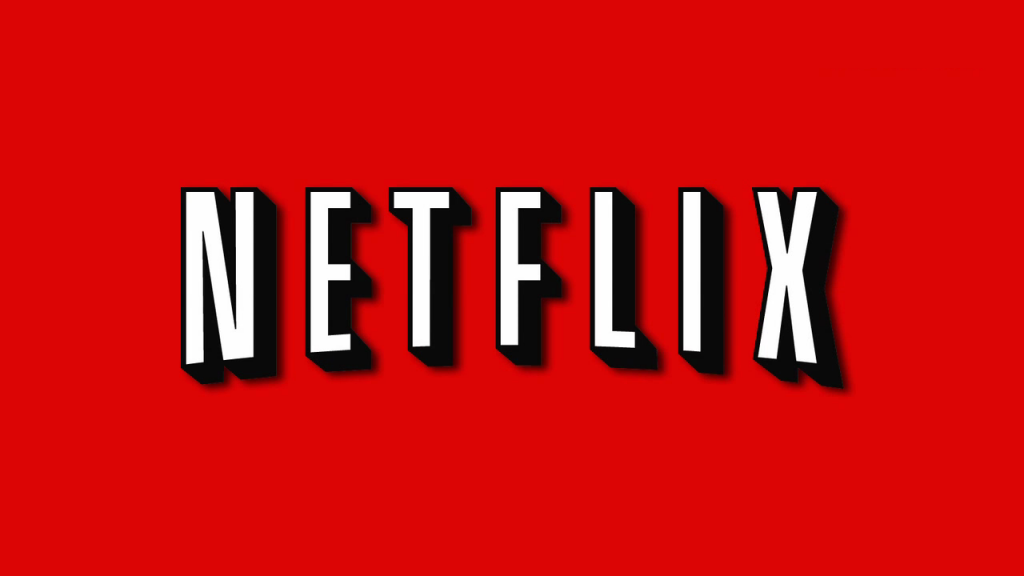 Now to some thoughts I had during certain week’s lectures.
Now to some thoughts I had during certain week’s lectures.
Week 6 had me wanting to know why it is that particular shows are categorised as “quality television” whilst others are said to be “middlebrow material” (having only a moderate degree of intellectual substance).
In an online article by Eve Ng, titled ‘Telling Tastes: (Re)Producing Distinction in Popular Media Studies’ (week 6), it was said that The Wire (HBO) was “identified as a favourite amongst media scholars” for both consumption and critical analysis, whereas shows such as CSI and NCIS (both CBS shows) failed to “fulfil” narrative, social and political aspects.
In Jason Mittell’s essay, ’Narrative Complexity in Contemporary American Television’ which was a reading for week 8, he also states that HBO has built its reputation based upon “narratively complex shows” such as The Sopranos, Six Feet Under and once again, The Wire. These shows are said to offer an alternative option to conventional television, which have simpler and less inviting storylines.
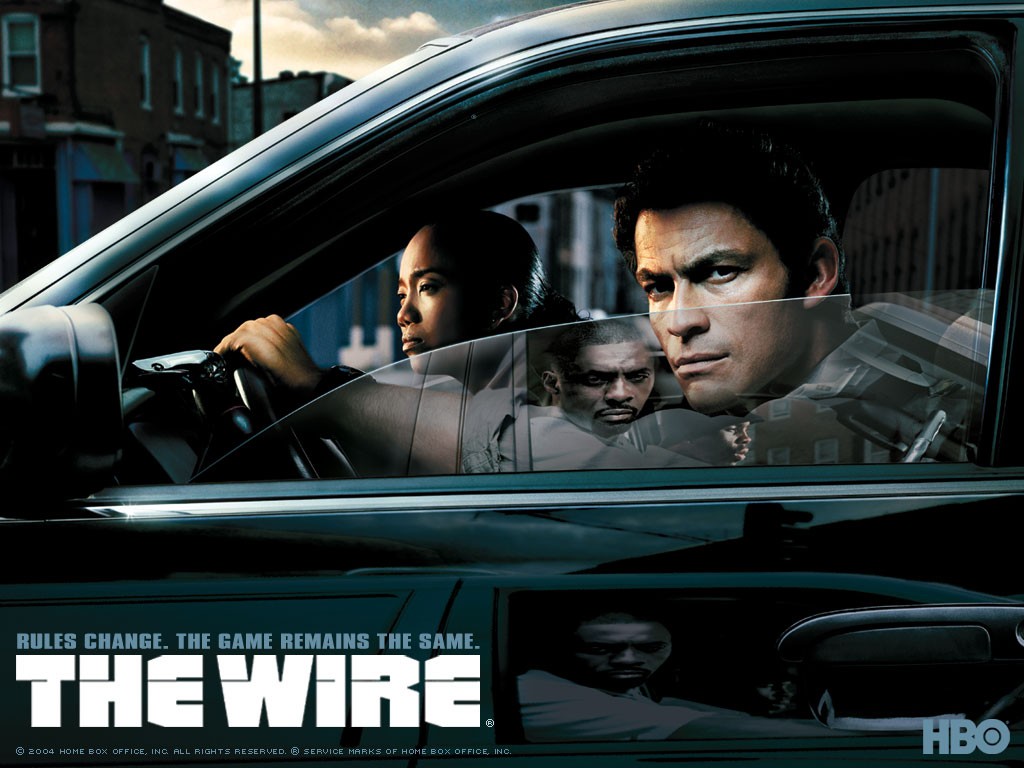 Are scholars of popular media and culture discriminating? Who are they to say what is “quality television” and what is unworthy of watching and analysis? Who invented these taste hierarchies that have shamed so many people into hiding their love for reality television or casual sitcoms?
Are scholars of popular media and culture discriminating? Who are they to say what is “quality television” and what is unworthy of watching and analysis? Who invented these taste hierarchies that have shamed so many people into hiding their love for reality television or casual sitcoms?
“Taste classifies, and it classifies the classifier”, French sociologist Pierre Bourdieu famously noted.
It all depends on how the viewer sees the world and how they watch and understand the given show. A person can watch shows that would be deemed “good taste” such as Game of Thrones but have no real concept of what is happening, what the storylines, symbolisms and political themes mean, would that person still be put into the category of someone who has “good taste”? And then there is another person who religiously watches a sitcom, and is able to give a long and extensive shot-to-shot extract of a scene that is no longer than 3 minutes, analysing cinematography, camera techniques, acting and mise-en-scene, would that person still be looked down upon, simply because the show wasn’t on HBO?
Jason Mittell nicely writes about this in his ‘On Disliking Mad Men’ essay (week 9), wanting to voice his opinion on talking about a show that has no appeal to him but not wanting to “condemn other people’s tastes”. Although wrong, it is difficult for writers to discuss their disliking without “convincing viewers that the pleasure they take in the show is somehow false or unwarranted”. Mittell clearly states that he is here to “share, not argue”. As a fan of Mad Men myself, I was left non-offended after reading this essay, because like my second blog post about audiences said, it is plainly all a matter of taste.
References:
Flow, Eve Ng. 2010. TELLING TASTES: (RE)PRODUCING DISTINCTION IN POPULAR MEDIA STUDIES. [ONLINE] Available at: http://flowtv.org/2010/12/telling-tastes/.
Jason Mittell. 2010. On Disliking Mad Men. [ONLINE] Available at: https://justtv.wordpress.com/2010/07/29/on-disliking-mad-men/.
Narrative complexity in contemporary American television, Jason Mittell, Velvet Light Trap, Fall, 2006, Issue 58, p.29(12)
Pierre Bourdieu, Distinction: a Social Critique of the Judgement of Taste, trans. Richard Nice, Harvard University Press, 1984 [1979].
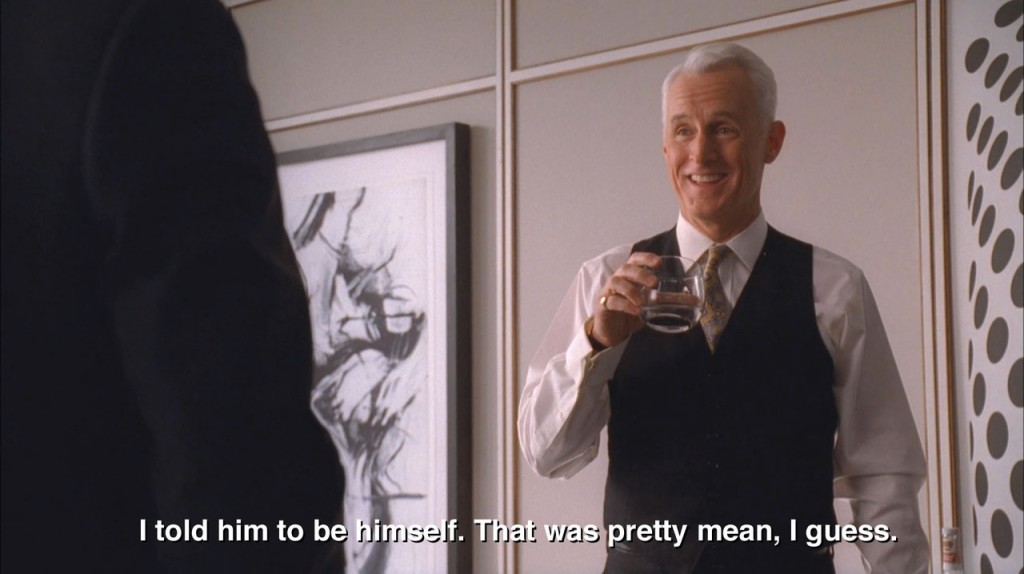


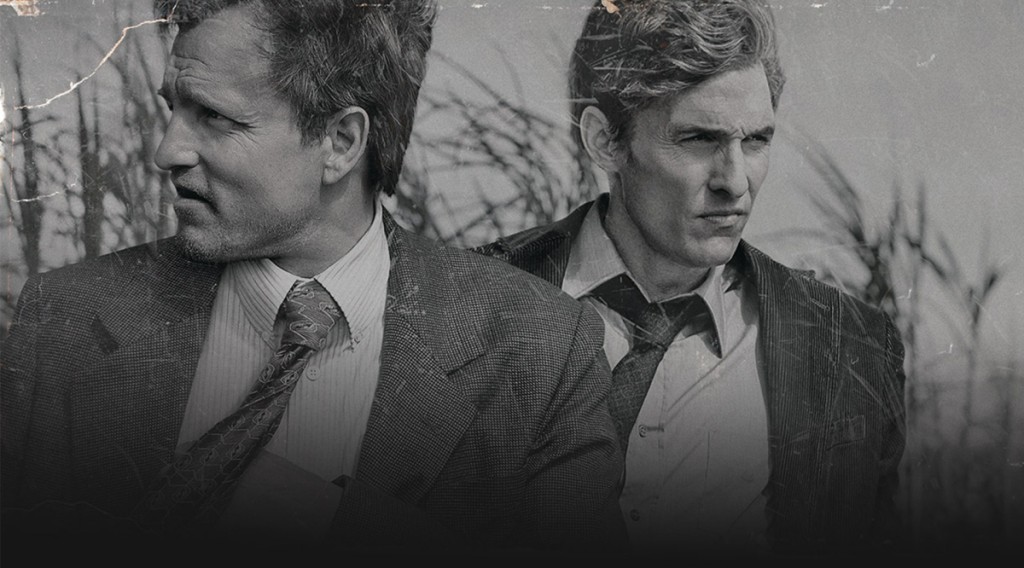 ‘True Detective’, an American anthology crime-drama television series, written by Nic Pizzolatto, is a show broadcasted on the HBO network. Season 1 tells viewers of both the work life and personal lives of detective partners, Rust Cohle and Martin Hart, whilst they work their first case together involving a serial killer in 1995.
‘True Detective’, an American anthology crime-drama television series, written by Nic Pizzolatto, is a show broadcasted on the HBO network. Season 1 tells viewers of both the work life and personal lives of detective partners, Rust Cohle and Martin Hart, whilst they work their first case together involving a serial killer in 1995.